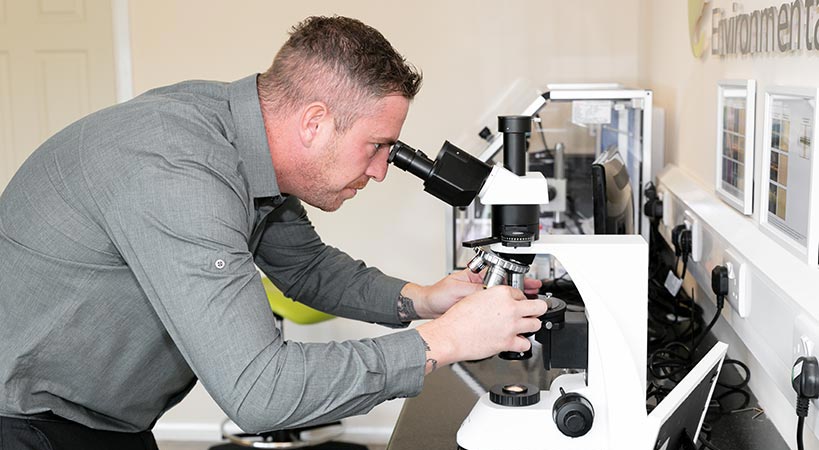
Asbestos, a material historically widely used in construction for its durability and heat resistance, can cause serious health problems, including mesothelioma and lung cancer. As a result, asbestos testing is essential for finding and controlling asbestos in structures.
#1. Meeting All Requirements
In many cases, Asbestos Testing is legally mandated and considered good practice. Regular testing is necessary to guarantee compliance with safety standards, as many countries have rigorous legislation regarding asbestos management in buildings.
#2. Experience in the Field
Although you can buy asbestos testing kits for home use, it is still recommended that you hire licensed experts. Qualified asbestos inspectors have the necessary information, abilities, and tools to perform comprehensive and precise testing, minimising the possibility of mistakes or oversights.
#3. Data Collection Method
Asbestos testing is most effective when it takes strategic samples of insulation, flooring, and ceiling tiles, among other potentially asbestos-containing building materials. Sampling must be thorough and meticulous to assess the presence of asbestos accurately.
#4. Examination in the Lab
Samples obtained during asbestos testing are subjected to thorough laboratory analysis to verify the existence and concentration of asbestos fibres. Specialised techniques, such as transmission electron microscopy (TEM) or polarised light microscopy (PLM), allow accredited laboratories to detect asbestos fibres with great precision.

#5. Evaluating Potential Dangers
Once testing and analysis have determined the level of asbestos potentially damaging human health, a comprehensive risk assessment is carried out. Assessing the level of risk and developing management measures involves considering factors such as the type of fibre, concentration, and condition of the materials.
#6. Strategies for Management
Asbestos testing and risk assessments inform the development of individualised management strategies to lessen exposure risks and ensure the safety of building occupants. The extent of the contamination determines the necessity of these plans, which detail processes for asbestos removal, encapsulation, or continuous monitoring.
#7. Safety in the Workplace
Asbestos testing is essential to ensure the well-being of everyone involved in building construction, renovation, or maintenance projects. To minimise occupational exposure risks, strict adhesion to minimise standards and procedures is vital.
#8. Follow-Up Over Time
Constant vigilance and review are essential components of asbestos management. Even after initial remediation efforts and testing, regular inspections and tests are crucial to identify new asbestos dangers that may emerge from building material deterioration or disturbance.
The Bottom Line
Asbestos testing is critical to building safety and regulatory compliance. By prioritising professional testing, strategic sampling, and comprehensive risk assessment, property owners and managers can effectively manage asbestos risks and protect the health and well-being of occupants and workers.






